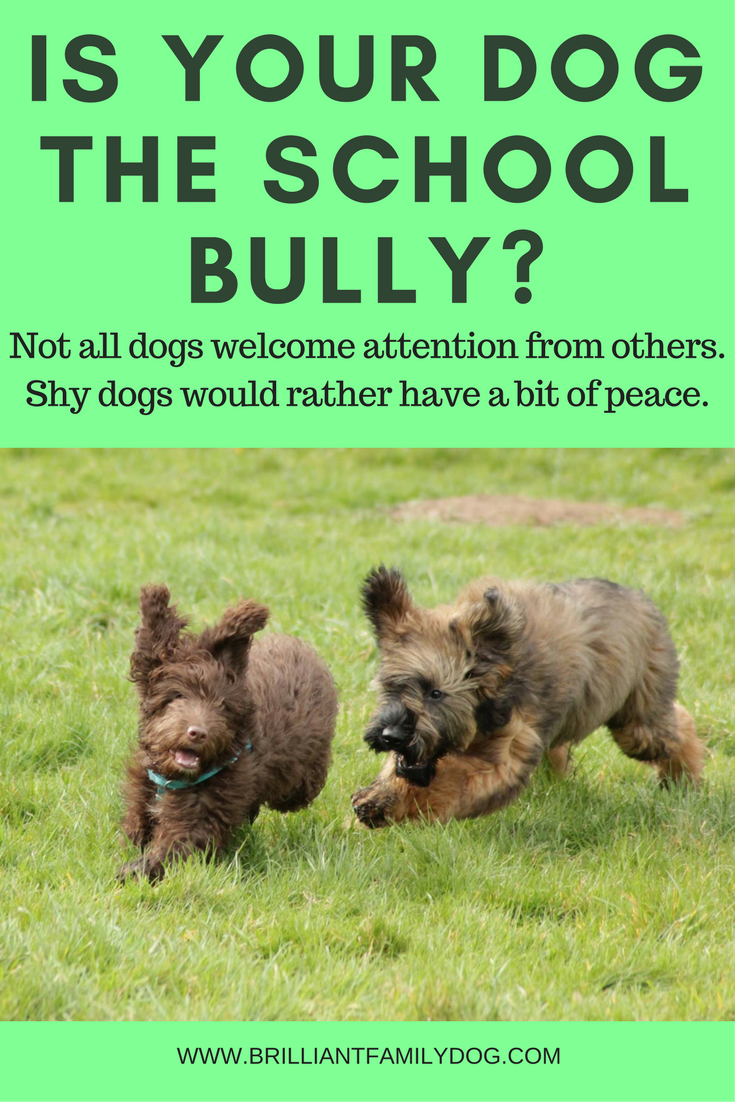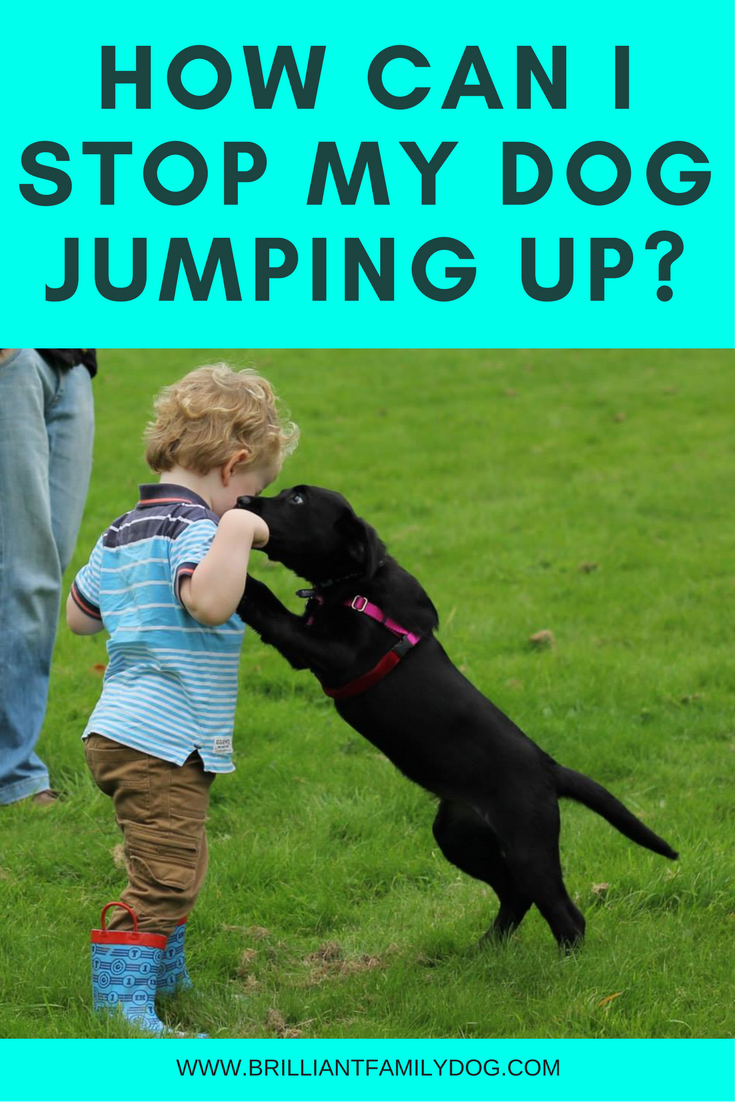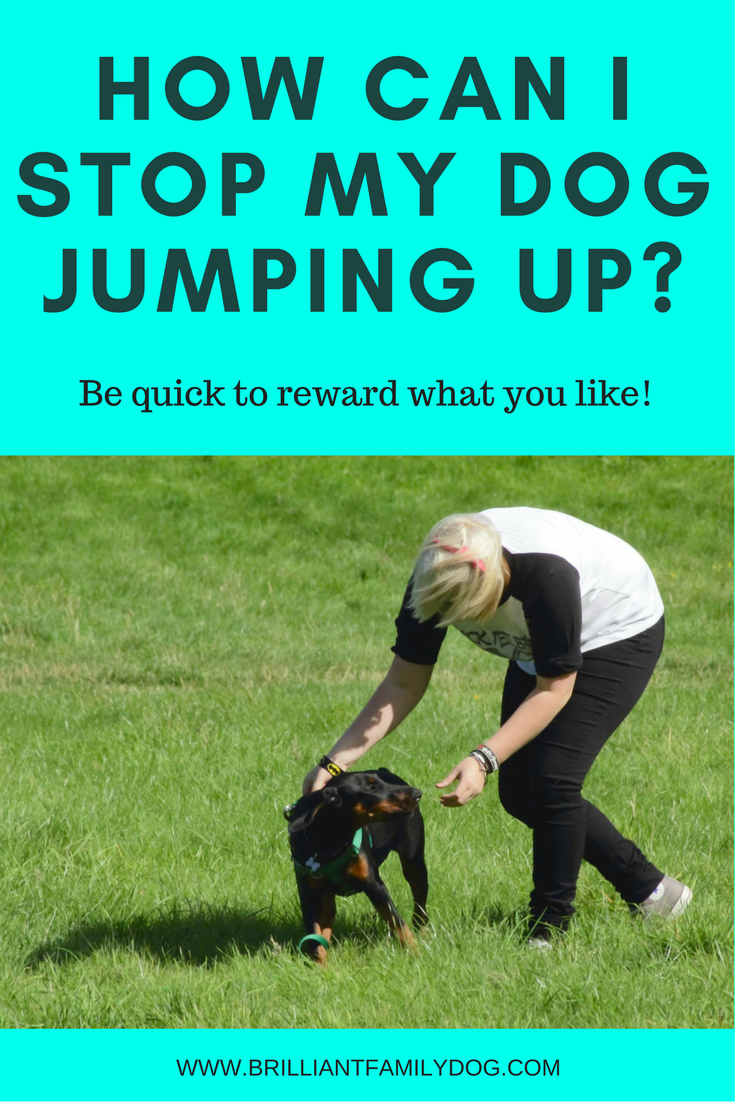First published on positively.com and reprinted with permission
Picture this: You are walking with your little girl. A family appear up ahead, and the fairly large boy whoops with joy at the sight of you two, races towards you, jumps on your child - who is now screaming - and rolls her over, grinning inanely. While you frantically try to extricate your precious little one without actually harming the boy, you hear a distant cry from the boy’s mother: “It’s ok! He’s friendly!”
Your response is probably unprintable.
And if you were the mother of the rowdy boy, would you really think it ok to let him bounce all over other children, on the grounds that he’s friendly?
So let’s turn this around now, and substitute pet dogs for children.
You have a super-friendly, waggy dog. He lurves other dogs. You know that he doesn’t want to start a fight. And if you try and keep him on the lead when he sees another dog you’ll get singing and dancing - as he pulls your arm out of its socket. So you let him do his own thing on walks: diving on dogs, body-slamming them, chasing them, trying to roll them over in play.
And dogs all love to play, don’t they?
Because you’re not afraid of him, you expect his victims to be equally unafraid.
Really?
At the Other Extreme
On the other hand, perhaps you are blessed with a dog who is afraid of other dogs, who barks and growls, lunges and prances, when he sees them approach. You’re probably anxious because you fear that if he ever gets to the other dog he’ll rip its throat out. So you make sure you keep him on lead, and avoid other dogs as much as possible.
His way of carrying on is baffling to you, because you know that your dog is a perfect peach at home, brilliant with the kids, and a pleasure to have around. You may be pleased to learn that your dog is most probably not at all aggressive - just afraid of strange dogs, and doing his best to keep them at a distance.
Both these extremes are normal, just at either end of the bell-curve - instead of the middle where we automatically expect our dogs to fit.
But just like with children - you get the dog you’re given, not the one you wanted!
Your dog’s character is part of him and is why you love him. But that doesn’t mean that you can’t influence how he feels and help him to tone down his responses.
Whether over-friendly or under-friendly, your dog needs a little help to interact with the rest of the world and lead a less stressed life. (If your own friendly approaches always resulted in tears and screaming, that would be pretty stressful for you too.)
But What Can I Do?
Strange as it may seem, both problems can be treated the same way.
Distance is very important to dogs. Both these dogs can see a dog at a great distance and not react. It’s when they trip a certain proximity that you are going to get the undesired noise and kerfuffle.
What you need to do is reward the state that you like when you see it, and just before the calmness changes into vocalising and leaping, encourage your dog to turn back with you and get a little more distance. Your own calmness is essential to the success of this game, so relax your hands on the lead, smile, say “Let’s go!” cheerily, and slow down.
Your reward could be a tiny piece of tasty cheese or hot dog. All the time your dog is calm and not shouting, keep posting these delicious morsels into his mouth until he stops paying attention to the other dog and starts paying attention to the source of these goodies instead. Success!
If yours is the friendly dog, you can now ask the other dog’s owner if their dog would welcome a game. Maybe they will, then your bouncy dog’s reward for being calm will be the opportunity to interact with a strange dog. Maybe they won’t, in which case you can reward your dog with a toy-game or more food while you head away.
If yours is the fearful dog, you can congratulate him on his bravery, and his reward will be increased distance from the object of his fears. So you turn and head away.
Repeating this time and again will gradually elicit the calm response in your dog as the default. This process will be greatly accelerated if you can get the help of a professional force-free trainer. Be sure not to go to someone who wants to reprimand your dog: punishment of any kind will heap fear and anxiety on the existing fear and anxiety and make the situation worse!
As you know all too well, the skill of parenting is to work with the child in front of you, rather than the one you wish you had in front of you!
So it is with your family dog.
For more help with this ever more common problem, watch our free Masterclass for Growly Dogs
I’d love to hear how you resolve this issue on your dog walks - just write a comment below. I’ll appreciate every one!






















